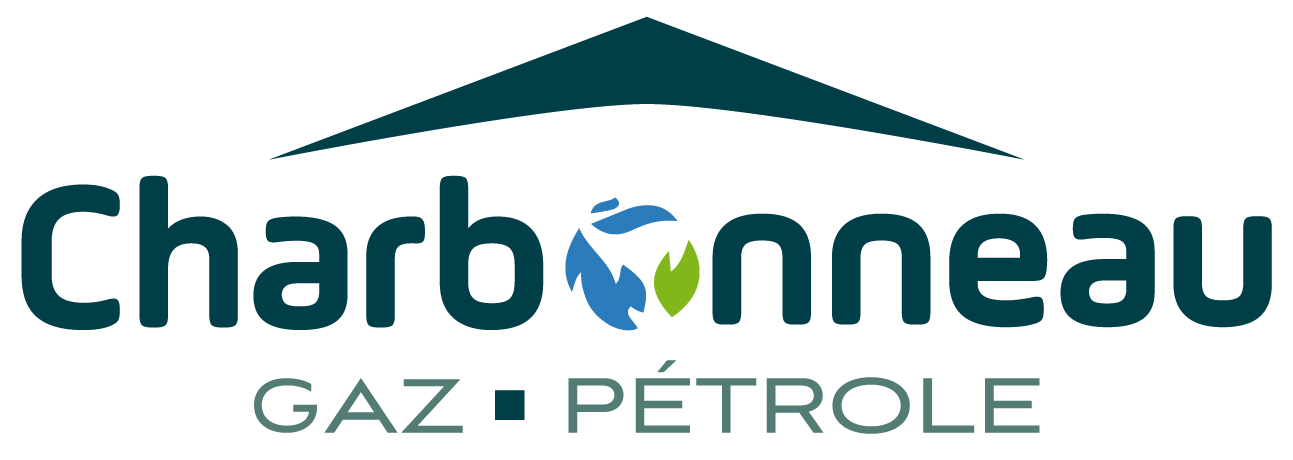Infos et conseils pratiques!
L’équipe de techniciens certifiés de Gaz Pétrole Charbonneau Inc. connaît ses produits de fond en comble et comprend la responsabilité de partager ses connaissances avec l’utilisateur.
-
Le BBQ
Afin de pouvoir compter sur votre équipement de cuisine extérieure, quelques précautions et consignes d’entretien sont à suivre.
Utilisation de l’appareil
Respectez une distance de 60 cm (ou 24 po) entre votre appareil BBQ et toute structure du bâtiment, comme le balcon ou le patio, afin de réduire les risques d’incendie en cas de flammes anormalement intenses.
Lorsque vous avez terminé, coupez l’alimentation du propane en premier. En coupant d’abord l’alimentation du propane, vous permettez aux raccords se vider de tous résidus de propane, évitant ainsi le gonflement et l’éventuel risque de fuite dû au gonflement des raccords. La flamme s’éteindra d’elle-même une fois le propane évacué.
Au printemps
Commencez la saison du bon pied avec un bon nettoyage de votre BBQ. L’accumulation de graisse peu s’enflammer, créant ainsi un danger inutile en plus de ruiner le repas en cuisson. Assurez-vous qu’il n’y a pas de fuite dans votre bouteille de propane. Enduire d’eau savonneuse le robinet de la bouteille et les raccords permet de déceler facilement une fuite.
Transport de la bouteille
La bouteille de propane doit être debout, attachée et stable durant le transport. Autant que possible, transportez-la dans un endroit séparé des passagers (dans le coffre du véhicule ou la boîte d’un camion). Si la bouteille doit être transportée dans l’habitacle passager, assurez une bonne ventilation en voyageant avec une fenêtre baissée.
Entreposage de l’équipement
En fin de saison, vous pouvez mettre BBQ et bouteille à l’abri, à l’extérieur dans un endroit ouvert et aéré tel qu’un abri ou un chapiteau dont les toiles de côté ont été retirées ou sous un toit ou un balcon. L’entreposage en cabanon n’est pas sécuritaire puisqu’il y a risque de fuite et d’explosion en cas d’étincelle, de flamme ou de surchauffe.
D’ordre général, lorsque prudence et discernement sont de mise en tout temps, vous pouvez apprécier votre BBQ l’esprit tranquille et créer vos chefs-d'oeuvre culinaires sans pareil!
-
L’utilisation du propane : conseils de sécurité
Si vous connaissez et suivez les consignes de sécurité sur son utilisation, le propane s’avère une source d’énergie pratique et sécuritaire. Les consignes les mieux connues sont bien sûr de garder les bouteilles de propane à l’extérieur, de les placer sur une base solide, de suivre les instructions du fabricant et de ne jamais s’improviser expert en propane. Dès qu’un problème ou une anomalie est décelé, il est sage de faire appel à une personne qualifiée en gaz propane. Elle saura vous indiquer les étapes à suivre pour rétablir la sécurité des lieux.
Pour en connaître davantage sur les consignes de sécurité d’utilisation d’appareils au propane, nous vous invitons à consulter la section d’information sur l’utilisation du propane de la Régie du bâtiment du Québec, ou encore celle de l'Association québécoise du propane.
-
Une odeur de mouffette ou d’oeufs pourris
Lorsque la bonbonne de propane est presque vide ou qu’elle fuit, il est possible que vous sentiez une odeur désagréable. Cette odeur provient d’un additif appelé Méthylemercaptan (CH3SH). On l’ajoute afin de détecter une fuite ou l’atteinte du minimum du réservoir, puisque le propane est inodore. Restez à l’affût de cette odeur!
-
Le propane et l’environnement
La combustion efficace et rapide du propane permet de réduire les résidus carboniques. Combustible abordable et propre comparé à d’autres produits de combustion, les émissions produites répondent aux normes d’Environnement Canada en matière de qualité de l’air. Elles sont aussi moins nuisibles que celles provenant d’autres sources d’énergie.
-
Le chauffage au propane, un choix propre
Saviez-vous que lors de sa combustion, le propane rejette de l’eau et jusqu’à 20 % moins de gaz carbonique de le fioul? De plus, la combustion de propane n’émet ni azote ni particules fines. Le propane est une énergie plus propre que d’autres combustibles, ce qui en fait un bon choix environnemental.



